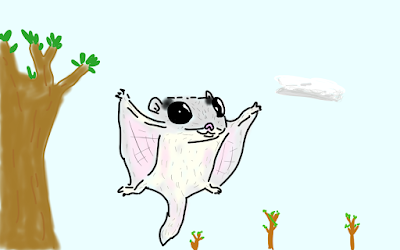We had some good blogs over this three moths, and I think we should review the most popular with youtube videos:
The microbiome was the first and one of the most popular blogs of the month.
How a yellow blob can solve mazes is a mery interesting and popular subject, that is also very popular.
This video shows my question about if we should get rid of mosquitoes.What do you think?
The microbiome was the first and one of the most popular blogs of the month.
How a yellow blob can solve mazes is a mery interesting and popular subject, that is also very popular.
This video shows my question about if we should get rid of mosquitoes.What do you think?














